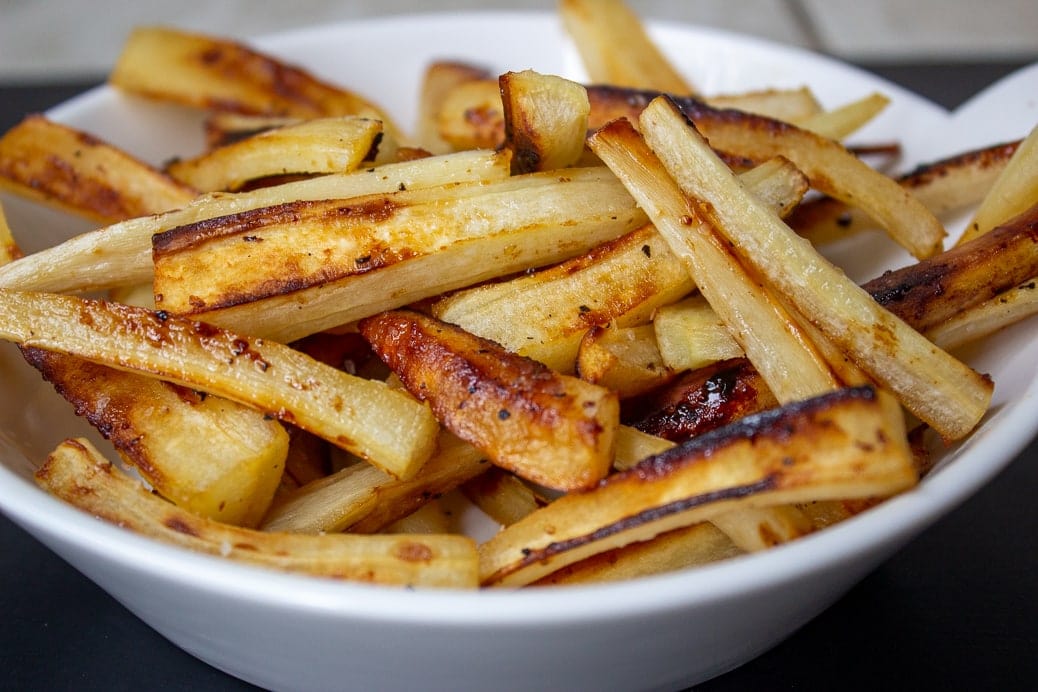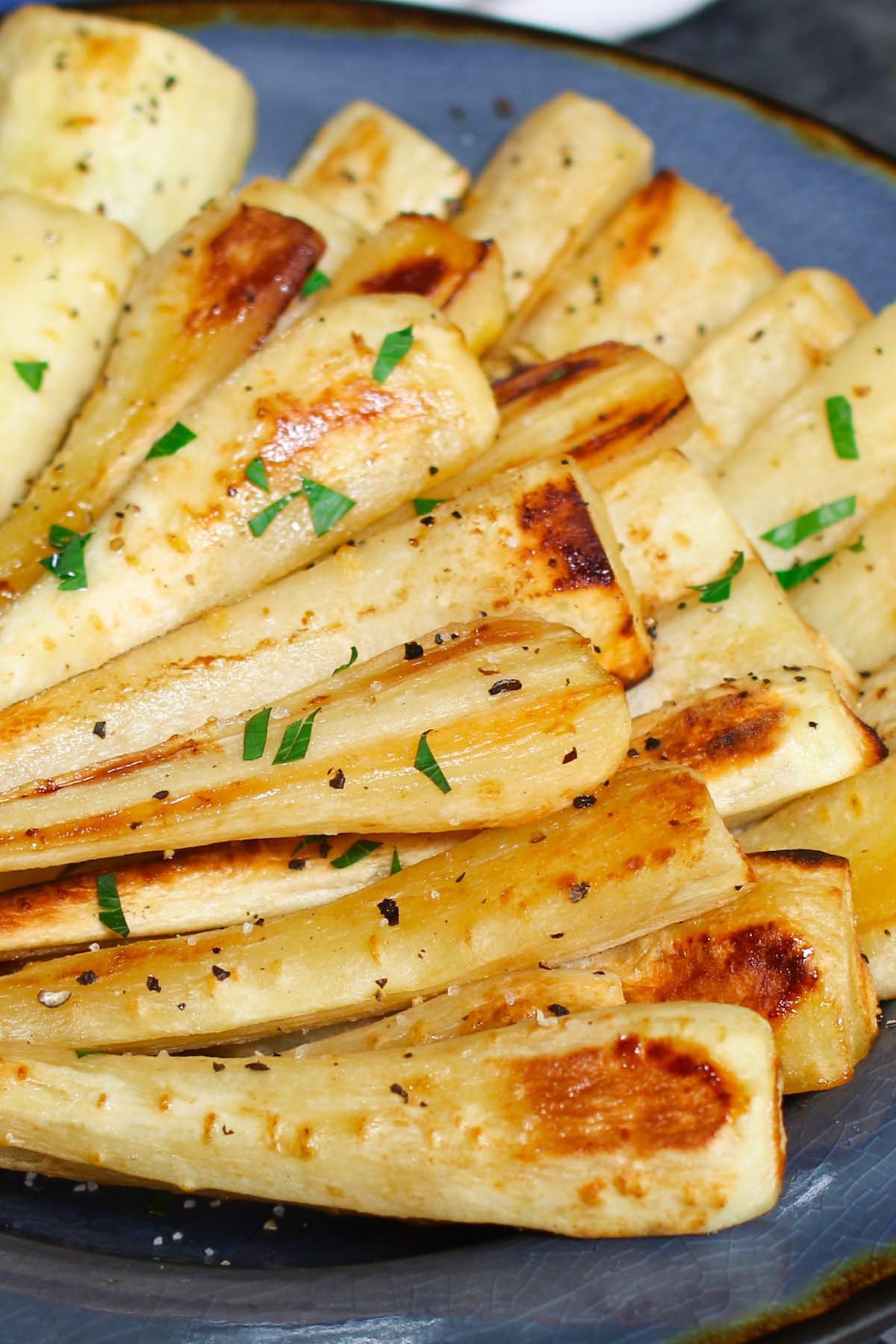
That baby? You probably shouldn’t think she’ll be ok with the sound of the blender, needed to whip the crepe batter together.You probably shouldn’t pull out the beets, decide that after 5 nights of thinking about it, beet crepes make a lot of sense right now and also get out the flour, butter and eggs.Once your husband has left to get his hair cut, and the parsnips are cut and steaming, and there is still beer on the floor of the garage, maybe you should not think this is the right time to deal with those roasted beets in the fridge? If you do think it sounds like a good time, you get me.Maybe you shouldn’t have gone into the garage, without your shoes, because obviously, you chose the baby.Knock a bottle of beer, that your husband is really excited about, onto the floor of the garage, making you choose between grabbing the beer, holding onto the baby or catching that giant falling pot.Maybe you should check your surroundings, so that you don’t…

If you really need to get that pot down by yourself, with the baby in your arms, maybe remember that your margin of error widens without the use of both arms.But, maybe, since your husband is home, he can grab the giant metal pot with the steamer insert off the top shelf in the garage. Yes, you do a lot with a baby in one arm. Maybe wait until your husband is home from his hair cut, not 10 minutes from leaving, and still needing to get dressed, to ask him to peel the parsnips. Don’t decide that you absolutely need to get them done right now, just to check something off your To Do list.If you’re going to be smart and buy only the small parsnips, to make sure they’re as tender and sweet as possible, maybe remember that you probably should buy a big bunch to make up for the fact that they are so small.Linda Robbins, CDN, is assistant director and nutrition educator for Cornell Cooperative Extension of Herkimer County.This is the story of how not to make parsnip puree. Properly stored, parsnips will maintain best quality in the freezer for about 12 months, but will remain safe beyond that time. Fully cooked parsnip puree may also be frozen for up to 10 months for best quality. Drying is another method for preserving parsnips. Use cooked, refrigerated parsnips within three days. Parsnips can also be frozen for later use by cutting into 1/2-inch cubes, water blanching for 2 minutes, cooling promptly in cold water, draining, and packing and sealing into freezer containers, leaving 1/2-inch headspace. Parsnips need to be dug as soon as you can get into the ground with a shovel or fork and just as their tops start to show new growth. If they are left in the ground too long in the spring and the tops start to grow out, they become woody.įresh parsnips should be stored in a plastic bag in the vegetable drawer of the refrigerator, where they should last three to four weeks. They are a great roasted vegetable in the fall, but nothing like those left in the ground for a winter deep freeze. The extreme cold converts the starches into sugar and allows the flavor to mellow. Spring-dug parsnips are characterized as “the cream of the crop.” The best way to tell if raw parsnips are bad or spoiled is to smell and look at the raw parsnips. Discard any raw parsnips that have an off smell or appearance and if mold appears. Avoid woody, over-matured, long, thin, and tail-like roots as they are off-flavored and have tough fiber. Also avoid soft, pitted, shriveled, knobby, or damaged roots. Spring is the best time to give them a try if you are new to parsnips. Choose fleshy, fresh, firm, medium-sized and even surfaced roots. If not prepared right away, cut parsnips should be placed in water to reduce the effect. Like potatoes or an apple, parsnips oxidize when exposed to air after their peelings are removed. Linda Robbins column: Try these ideas to 'Make Every Bite Count'



Linda Robbins column: Recipe makeovers for healthier versions Parsnips have a tan peel that is typically removed before use to remove their gnarly surface. The flesh is cream-white. They are a very versatile vegetable, with recipes ranging from roasted side dishes, soups and stews, mashed, turned into fries and even made into wine. They pair well with other root vegetables, too. They are a cream-colored, gnarled, carrot-shaped root vegetable that can be eaten raw but are best prepared by roasting, frying, grilling or steaming to bring out their distinct succulent flavor and nutty sweetness according to Iowa State University Extension and Outreach. Some mistakenly refer to parsnips as white carrots, but while they may be related to carrots distantly, they are actually part of the parsley family.


 0 kommentar(er)
0 kommentar(er)
